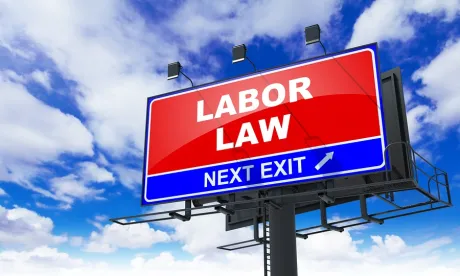On March 31, 2016, lawmakers in Albany announced a budget agreement that would raise New York City’s minimum wage to $15 an hour by the end of 2018 for employers with at least eleven employees. Elsewhere in the state, the minimum wage will also rise, but more slowly. The minimum wage on Long Island and in Westchester County will reach $15 by 2021, while areas north of Westchester will reach $12.50 by 2021.
This minimum wage increase places New York on par with California, which passed a similar measure only hours before New York.
-
For workers in New York City employed by “large businesses” (those with at least eleven employees), the minimum wage would rise to $11 at the end of 2016, $13 at the end of 2017, and $15 on December 31, 2018.
-
For workers in New York City employed by “small businesses” (those with ten employees or fewer), the minimum wage would rise to $10.50 at the end of 2016, $12 at the end of 2017, $13.50 at the end of 2018, and $15 on December 31, 2019.
-
For workers in Nassau, Suffolk and Westchester Counties, the minimum wage would increase to $10 at the end of 2016 and then increase by $1 at the end of each of the next five years, reaching $15 on December 31, 2021.
-
For workers in the rest of the state, the minimum wage would increase to $9.70 at the end of 2016, and then increase by $0.70 at the end of each of the next four years, reaching $12.50 on December 31, 2020. After 2020, the rate will increase to $15 on an indexed schedule to be set by the Director of the Division of Budget (DOB) in consultation with the Department of Labor.
The proposed budget bill includes a so-called “safety valve,” intended to ensure that the minimum wage increases do not harm the state economy. Beginning in 2019, the state DOB Director will analyze the economy in each region and the effect of the minimum wage increases statewide to determine whether the scheduled increases should be suspended. The Department of Budget will submit that analysis to the Department of Labor on an annual basis.
The minimum wage increases are expected to affect approximately 2.3 million workers statewide.




 />i
/>i

